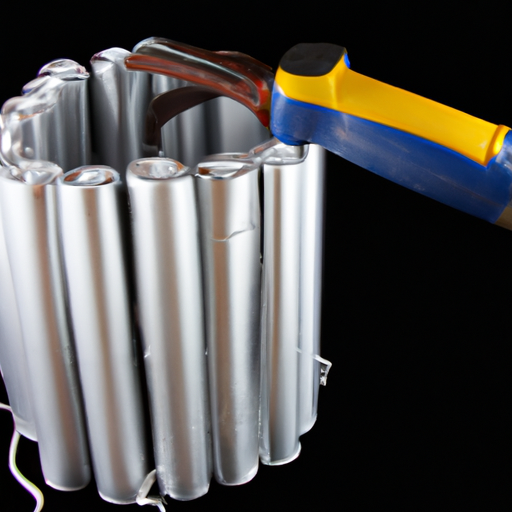
Electric shocks can be a dangerous and potentially life-threatening occurrence. When an individual comes into contact with an electrical current, it can cause serious injury or even death. In order to prevent these accidents from happening, it is important to understand what insulates an electric shock and how to protect oneself from the dangers of electricity.

Rubber is one of the most commonly used insulating materials in electrical applications. It is a non-conductive material that is able to resist the flow of electrical current. Rubber gloves, boots, and mats are often used by electricians and other professionals who work with electricity to protect themselves from electric shocks. These insulating materials create a barrier between the individual and the electrical current, preventing the shock from passing through their body.
Plastic is another commonly used insulating material in electrical applications. It is a versatile material that is able to withstand high temperatures and resist the flow of electricity. Plastic is often used to insulate wires and cables, as well as electrical outlets and switches. By encasing these components in plastic, the risk of electric shock is greatly reduced.
Glass is also a good insulator of electricity. It is a non-conductive material that is able to resist the flow of electrical current. Glass insulators are often used in power lines and electrical equipment to prevent the flow of electricity to unintended areas. By using glass insulators, the risk of electric shock is minimized and the safety of individuals working with electricity is increased.
In addition to insulating materials, there are other factors that can help protect individuals from electric shocks. Grounding is an important safety measure that helps to prevent electric shocks. Grounding involves connecting electrical equipment to the earth or a grounding rod to provide a path for the electrical current to flow safely. By grounding electrical equipment, the risk of electric shock is greatly reduced.
Another important safety measure is the use of circuit breakers and fuses. These devices are designed to protect against electrical overloads and short circuits by interrupting the flow of electricity when a problem is detected. Circuit breakers and fuses help to prevent electric shocks by shutting off the power before a dangerous situation can occur.
Proper training and education are also essential in preventing electric shocks. Individuals who work with electricity should be properly trained in electrical safety practices and procedures. They should be aware of the potential hazards of electricity and how to protect themselves from electric shocks. By following proper safety protocols and using the appropriate protective equipment, individuals can greatly reduce the risk of electric shock.
In conclusion, insulating an electric shock involves using materials that resist the flow of electricity, such as rubber, plastic, and glass. By using these insulating materials, along with proper grounding, circuit protection, and safety training, individuals can protect themselves from the dangers of electricity. It is important to always be aware of the potential hazards of electricity and take the necessary precautions to prevent electric shocks. By following these safety measures, individuals can work safely with electricity and avoid the serious consequences of electric shocks.


